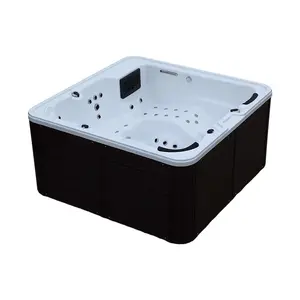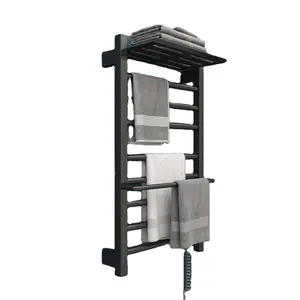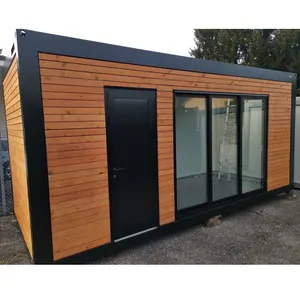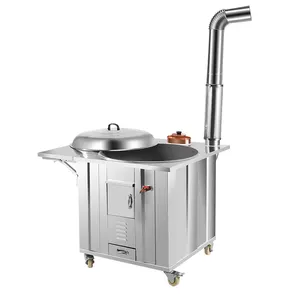Popular in your industry







































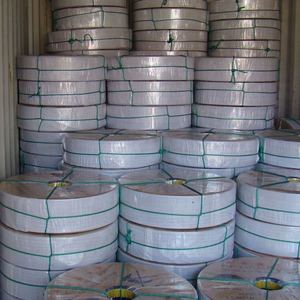































Related Searches:










































































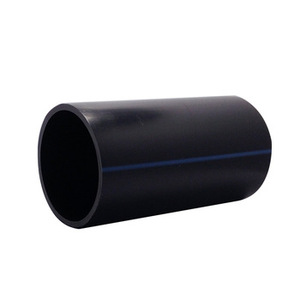


















































Top categories
About 8 inch hdpe dredging pipe
Introduction to HDPE Dredging Pipes
Dredging operations are critical for maintaining waterway infrastructure, and the use of 8 inch HDPE dredging pipes is integral to these activities. High-Density Polyethylene (HDPE) pipes are chosen for their durability, flexibility, and resistance to corrosion and wear. This introduction delves into the specifics of HDPE pipes designed for dredging, ensuring businesses understand their applications and benefits.
Types and Features of HDPE Dredging Pipes
HDPE pipes for dredging come in various types, each tailored to specific environmental conditions and operational needs. The 8 inch HDPE pipe is a common size, offering a balance between flow capacity and ease of handling. Features such as UV resistance, leak-proof joints, and the ability to withstand high pressure are inherent in these pipes, making them suitable for the demanding task of dredging.
Applications of HDPE Pipes in Dredging
The primary application of HDPE dredge pipe is to transport slurry, sand, and sediments from the dredged area to the disposal site. These pipes are also used in a variety of marine construction projects, including land reclamation and the creation of new harbors. Their flexibility allows them to adapt to the contours of the seabed, ensuring efficient material transport.
Materials and Manufacturing of Dredging Pipes
HDPE dredging pipes are manufactured from high-grade HDPE materials, which provide them with the necessary strength to endure the abrasive action of dredged materials. The manufacturing process includes extrusion, which ensures a uniform and reliable product. The material's properties also contribute to the longevity of the pipes, reducing the need for frequent replacements.
Advantages of Using HDPE Pipes for Dredging
Choosing 8 inch HDPE pipes for dredging operations offers numerous advantages. Their lightweight nature compared to traditional materials like steel reduces transportation and installation costs. Additionally, their flexibility means they can be coiled and transported in longer lengths, minimizing the number of joints required. This, in turn, reduces potential leak points and increases the efficiency of the dredging system.
Environmental Impact and Sustainability
Sustainability is a key concern in modern dredging operations. HDPE pipes for dredging are eco-friendly, as HDPE is a recyclable material. Their production has a lower carbon footprint compared to other piping materials, and their long service life ensures that the environmental impact is minimized over the duration of their use.
